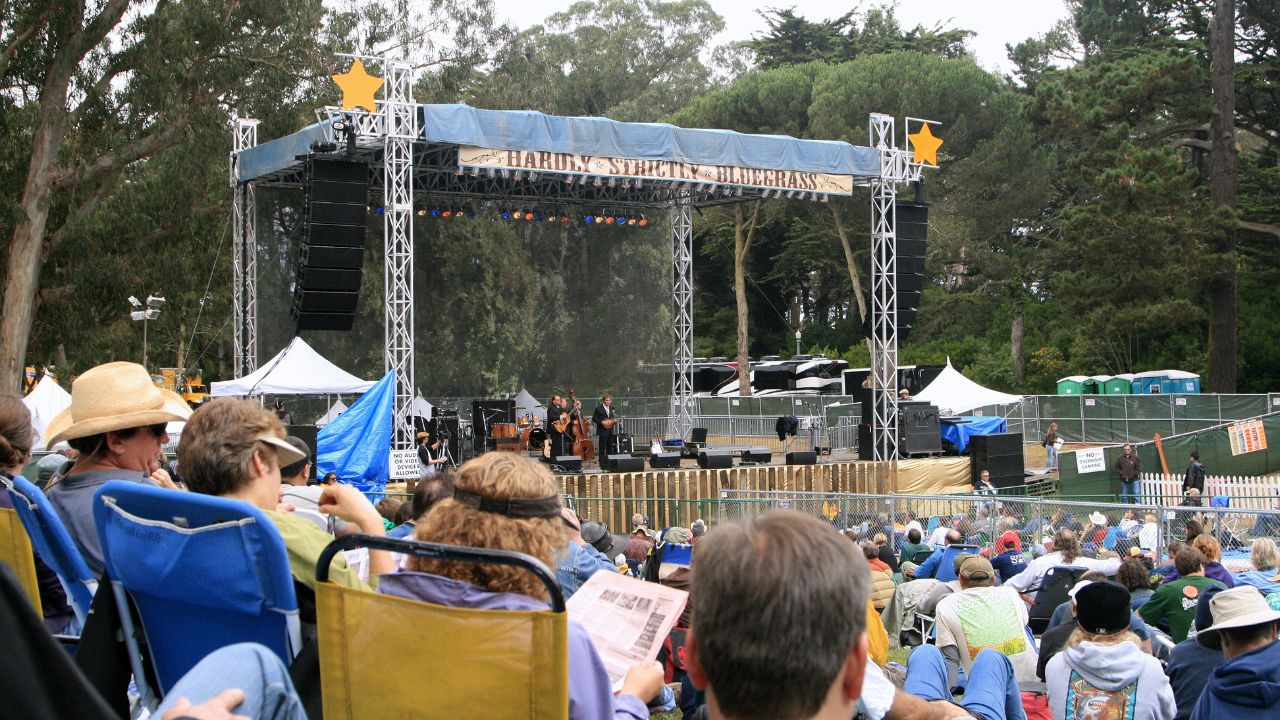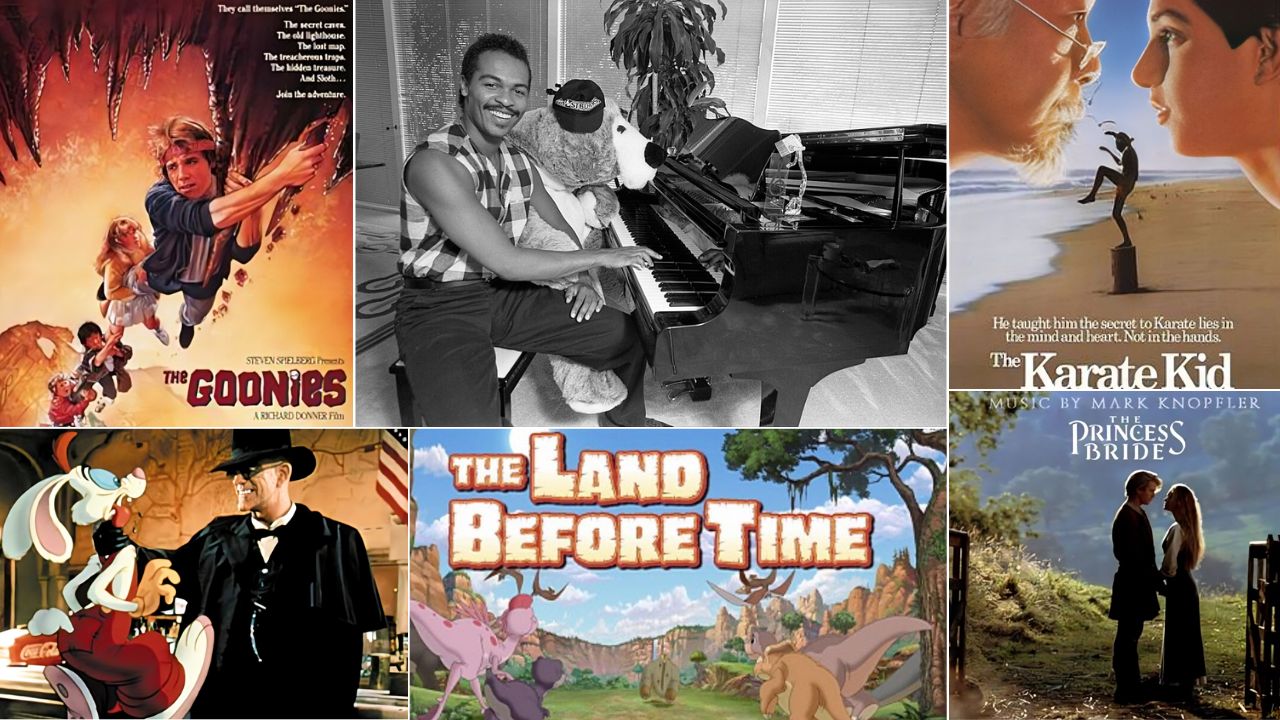Being a teen in the ’90s came with its own kind of freedom, awkwardness, and charm. But a lot of what was normal back then would raise serious questions today. From tech limitations to outdated attitudes, here are ten parts of ’90s teen life that just wouldn’t work in today’s world.
1. Life Without Phones
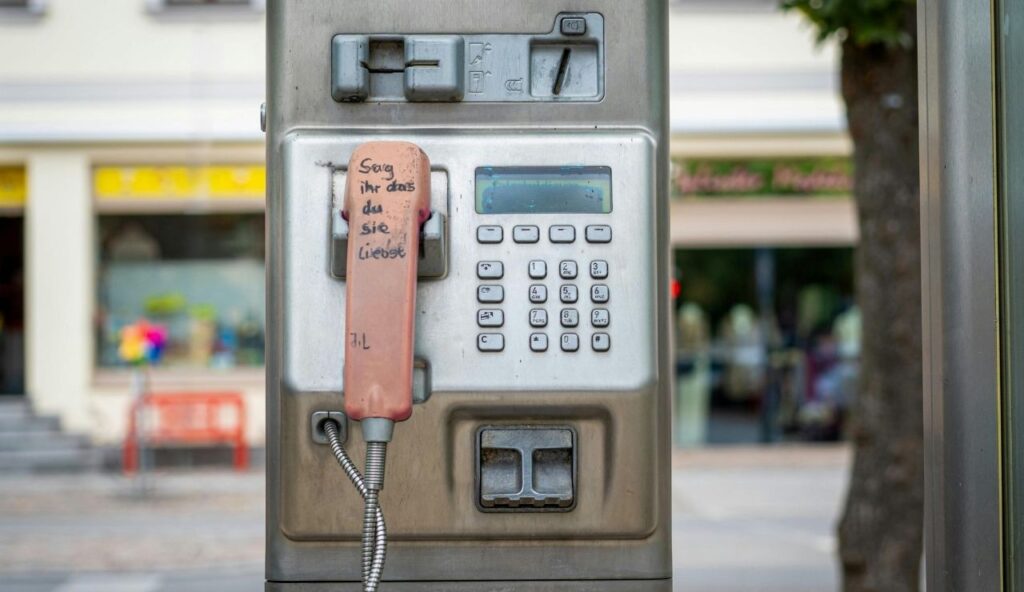
In the ’90s, most teens didn’t have cell phones. You made plans ahead of time and hoped everyone showed up. There were no texts, no location sharing, and no quick updates. If you needed to call someone, you used a payphone and hoped you had change. Today, not answering a message in five minutes can cause stress. Back then, being unreachable was normal. Now, it feels like something is wrong if someone goes quiet for too long.
2. No Digital Trail to Follow

In the ’90s, most teenage moments stayed in the moment. Whether it was a silly dare or a goofy dance, there was no app to capture it. What happened stayed in real life, not on a feed. Today, nearly everything is recorded or shared online. A single post can resurface years later, long after it’s forgotten. For teens back then, privacy was part of growing up. Now, every move can leave a mark that’s hard to erase.
3. Backseat Safety Wasn’t a Priority
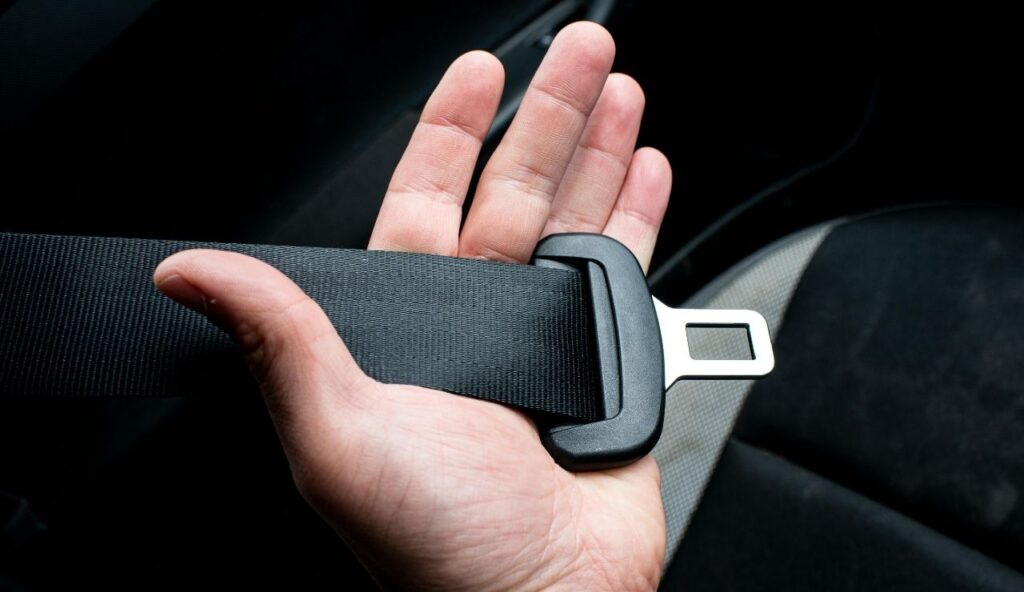
In the ’90s, squeezing into the back of a friend’s car without buckling up was pretty common. Seat belts in the back weren’t taken seriously, and no one asked questions if there weren’t enough to go around. Today, laws are stricter, and safety habits have changed. Teens now deal with apps that monitor driving and parents who check every trip. What once felt casual would now be considered risky and careless.
4. Content Was Rarely Checked

Many ’90s teen shows and movies included jokes or themes that wouldn’t hold up today. Storylines often ignored mental health, diversity, or respectful language. What was once labeled as funny or bold is now seen as insensitive or outdated. Today’s viewers expect more awareness in what they watch. Things that used to get laughs might now lead to serious criticism or calls to remove them completely.
5. Shaming Was Seen as Discipline

In the ’90s, it wasn’t unusual for teachers to embarrass students as a way to correct behavior. Being scolded in front of the class or given cleanup tasks was often seen as part of learning. Today, this kind of approach is considered harmful. Schools now place more value on kindness, mental health, and support. Instead of using fear, many educators work to build trust and respect with their students.
6. Chat Rooms With No Rules
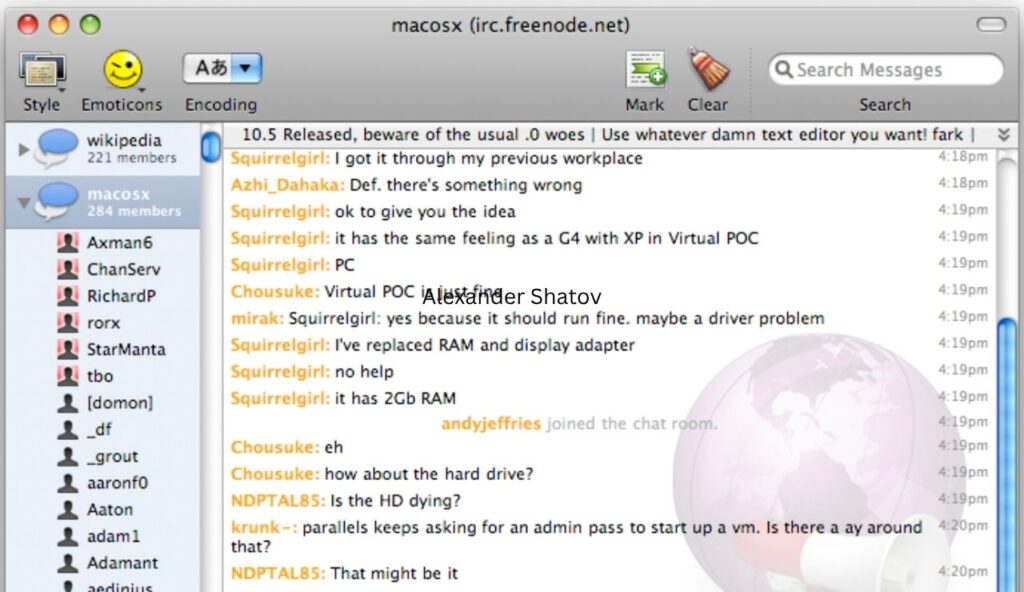
In the ’90s, the internet was a mystery, and chat rooms were wide open. Teens could join random conversations with strangers, often without knowing who was really on the other end. There were no filters, no safety checks, and little awareness of online risks. Today’s platforms come with age restrictions, moderation tools, and safety warnings. What once felt exciting now seems unsafe and full of red flags.
7. Magazines Pushed One Body Type

Teen magazines in the ’90s often sent harmful messages about beauty. Many promoted extreme diets, slim figures, and unrealistic makeovers as the standard. Readers rarely saw different body types or skin tones celebrated. Today’s teens are more aware of the pressure that comes from these messages. There’s a growing focus on body positivity, self-acceptance, and seeing real people, not just photoshopped ideals.
8. Phone Calls Were the Only Option

Back in the ’90s, if you wanted to talk to someone, you had to call their house. That often meant speaking to a parent or sibling first. It was awkward, but it was part of life. There were no private messages or quick replies. Now, most teens prefer texting or using apps to stay in touch. The idea of picking up the phone to call someone feels old-fashioned and a little too personal for many today.
9. Harmful Language Was Overlooked
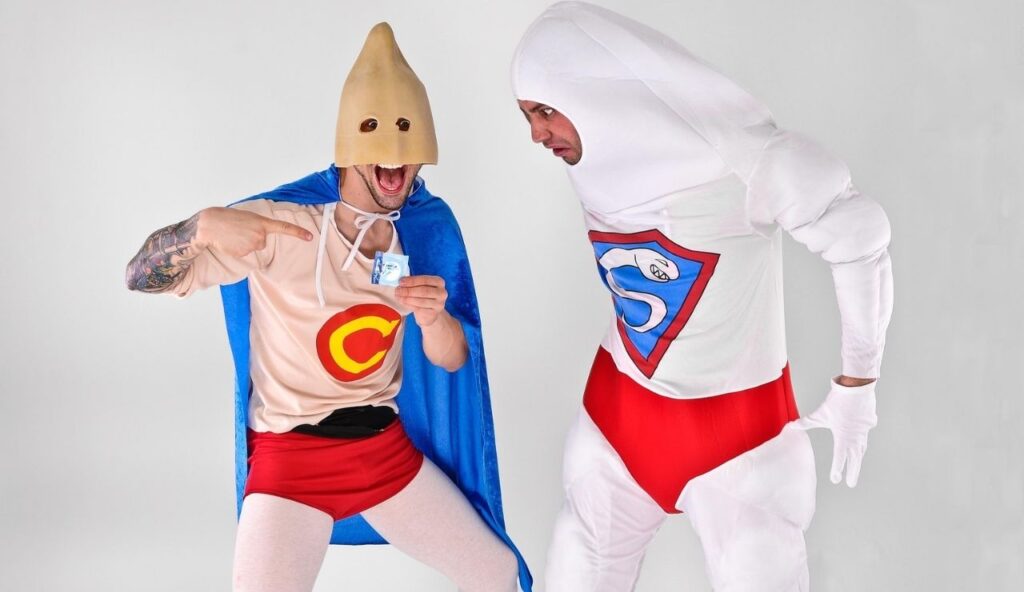
In the ’90s, it was common to hear jokes or phrases that were offensive, especially toward the LGBTQ+ community. Many people used hurtful words without thinking twice, and media often ignored the impact. Today, there’s more awareness and respect around identity and inclusion. Teens are quicker to speak up when something crosses the line, and language is taken more seriously than it was back then.
10. Waiting for Photos to Get Developed
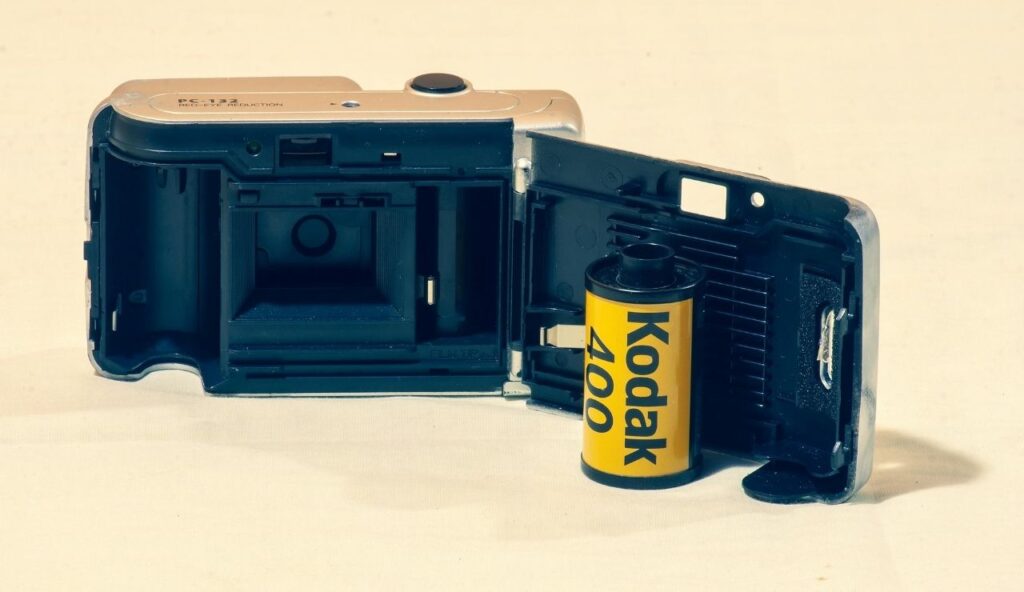
Taking pictures in the ’90s meant using a film camera and hoping for the best. You had to finish the roll, drop it off, and wait days to see how the photos turned out. There were no previews, no filters, and no instant deletes. Today’s teens can snap, edit, and post in seconds. The idea of waiting to see a blurry or off-centered photo feels almost impossible in a world used to instant results.

